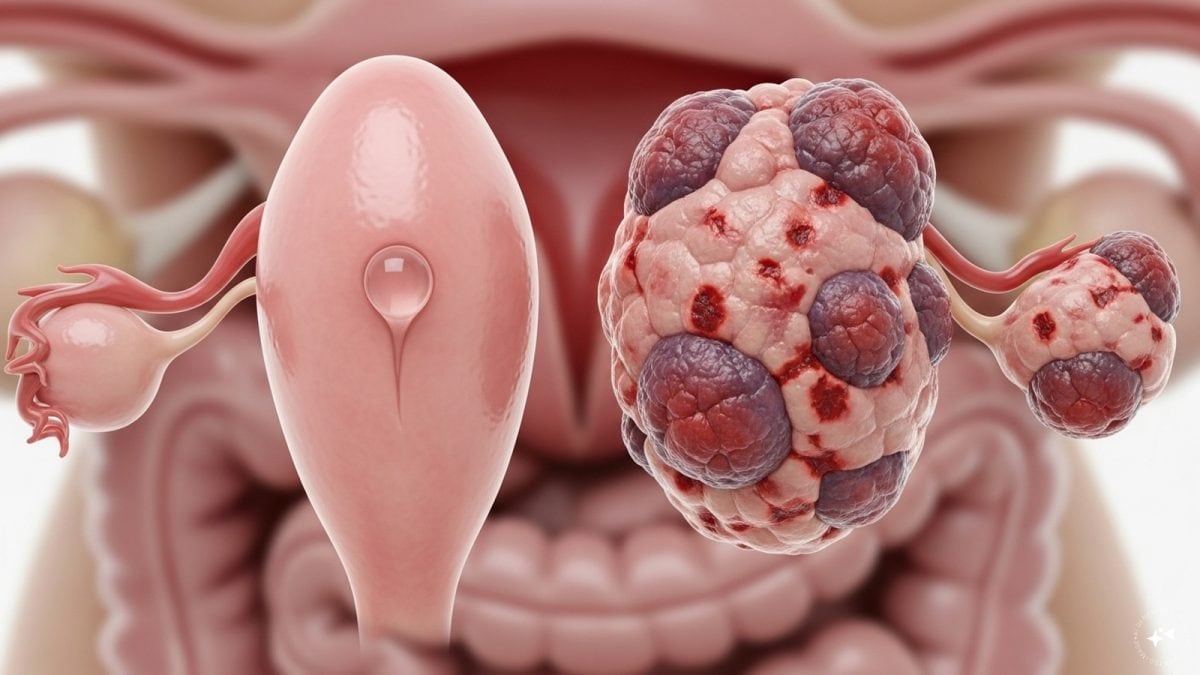When it comes to choosing between fresh and frozen foods, fresh straight-from-the-farm foods are always everyone’s first choice, though some settle for frozen when the situation calls for it. It is a common belief that any fresh vegetable is more nutritious than a frozen one. But this is not always right. In fact, in many cases, frozen foods can be healthier than fresh ones, albeit a little mushier sometimes than one would like. [caption id=“attachment_4201927” align=“alignleft” width=“380”] Representative Image. Reuters.[/caption] How fresh is the food? That apple in the fruit basket on your dining table or the tomatoes you are about to dice for dinner, do you think they are fresh just because you just bought them from the market? Well, think again. Nothing is really fresh, until and unless you have just picked it from your garden or farm. In fact, almost all fruits and vegetables spend three to seven days in transit from the farm to the vendors. During this journey, many of them are often stored in cold storage or freezers so that they do not spoil. We seldom get to eat fresh fruits and vegetables, no matter what your grocery store is promising. What happens when you freeze fruits and vegetables? Ripe fruits and vegetables need to be frozen to preserve their nutrients. Vegetables have to be washed, blanched and cut before packaging and freezing to save their nutrients. However, blanching is avoided for fruits as it can spoil their texture and flavour. Blanching the vegetables by keeping them in the boiled water for a few minutes kills bacteria and preserves the flavour, texture and colour. No doubt, blanching helps in preservation but some of the water-soluble nutrients like vitamin B and vitamin C get lost during this process. Also, some vegetables just don’t have the same crunch to them once they are frozen. Most fruits are preserved by adding ascorbic acid (vitamin C) or sugar. Freezing also arrests the activity of all enzymes, fruits rot because of the activity of enzymes beyond a point. Freezing the vegetables and fruits normally helps save the nutrients, but they begin to lose them if stored for longer periods. Avoid chopped vegetable when buying frozen and instead opt for whole foods as the nutrient loss will be lower. According to a study, blanching reduced water-soluble antioxidant activity in peas and spinach by 30 percent and 50 percent, respectively. But the nutrient levels remained unaffected and constant during storage at minus four degrees Fahrenheit minus 20 degrees Celcius. The decline of nutrients during storage All the vegetables and fruits begin to lose moisture and vitamin C as soon as they are harvested and continue to decline during storage. According to one study, the decline in nutrients began after just three days of refrigeration for soft fruits, whereas the antioxidant activity declined in vegetables whether they were stored at room temperature or refrigerated. The good news is that antioxidants like phenolics and carotenoids increase, mostly in fruits, during storage. What about meat? When we talk about fish and other seafood, most of what is available to buy is generally frozen, unless you live very close to the coast and can get your hands on the freshly caught fish. And even then, often the fish is frozen on the boat itself, to retain freshness as well as to kill off any parasites. For other meats, as with fruits and vegetables, there is not much difference in nutrition. If the meat was frozen quickly and efficiently, it should be almost the same. There can be a slight variation in texture. Also, once defrosted, you should avoid freezing it again. Nutritional value same Studies have shown that the nutritional value of both fresh and frozen vegetables is almost the same and freezing actually preserves the nutrient value of the stored product and the nutrient decrease in some frozen produce is typically very small. On top of this, levels of vitamin A, carotenoids, vitamin E, minerals and fibre remain unaffected by blanching and were at similar levels in both fresh and frozen produce. In fact, studies have also suggested that the freezing process actually increases the fibre content of the stored products and freeze-drying increases vitamin C content in fruits. Another thing to consider is that some fruits and vegetables can be seasonal or just not available in certain parts of the world. In which case, something is obviously better than nothing. Health articles in Firstpost are written by myUpchar.com, India’s first and biggest resource for verified medical information. At myUpchar, researchers and journalists work with doctors to bring you information on all things health. To know the health benefits of different types of fruits, please click
here.
When it comes to choosing between fresh and frozen foods, fresh straight-from-the-farm foods are always everyone’s first choice, though some settle for frozen when the situation calls for it, it is a common belief that any fresh vegetable is more nutritious than a frozen one
Advertisement
End of Article


)

)
)
)
)
)
)
)
)



